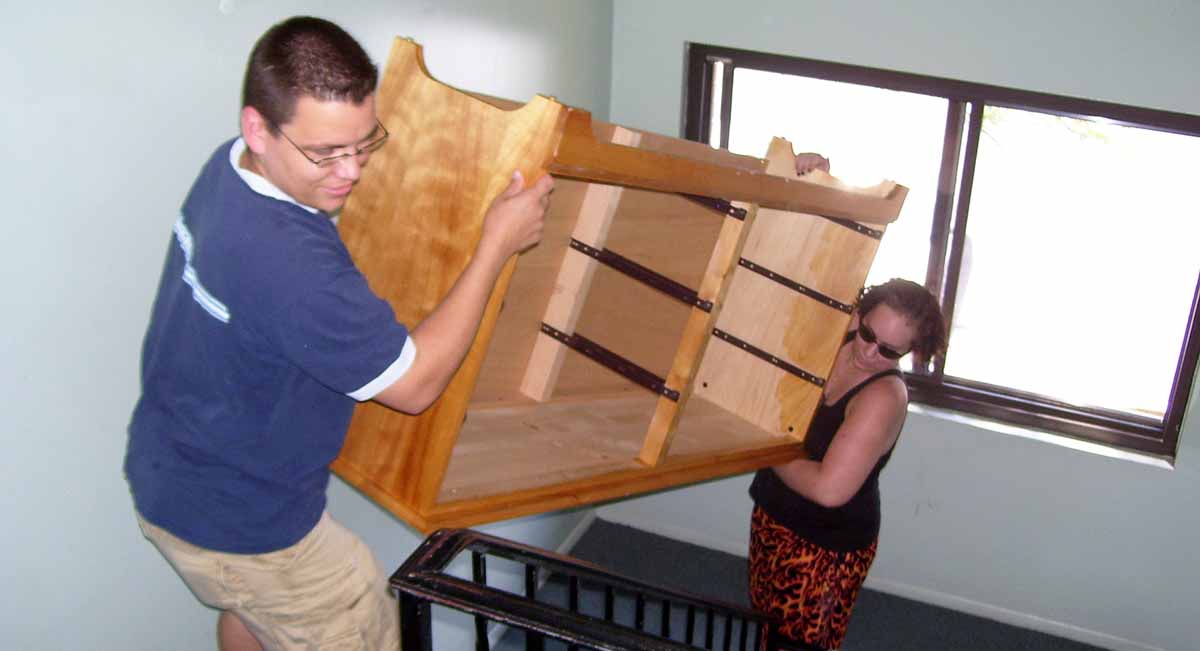

Furniture
How To Move A Heavy Dresser Upstairs
Modified: February 25, 2024
Learn how to safely move a heavy dresser upstairs with our step-by-step guide. Get expert tips and tricks for moving furniture easily and efficiently.
(Many of the links in this article redirect to a specific reviewed product. Your purchase of these products through affiliate links helps to generate commission for Storables.com, at no extra cost. Learn more)
Introduction
Moving a heavy dresser upstairs can be a daunting task, but with the right approach and preparation, it can be done safely and efficiently. Whether you’re rearranging the furniture in your home or moving to a new location, knowing how to navigate stairs with a heavy dresser is essential to avoid accidents and injuries. In this article, we will guide you through the process of moving a heavy dresser upstairs, providing you with tips on assessing the situation, gathering the necessary tools and equipment, clearing the pathway, disassembling the dresser (if applicable), strategies for lifting and carrying the dresser, using moving equipment, teamwork and communication, taking precautions to prevent injury, navigating stairs safely, and reassembling the dresser.
Before you begin the process of moving a heavy dresser, it’s crucial to assess the situation. Take a close look at the dresser and evaluate its weight and dimensions. This will help you determine if you can move it on your own or if you need assistance. Additionally, measure the width of the staircase to ensure the dresser can fit through without any issues. If the dresser seems too heavy or the staircase is narrow, consider enlisting the help of professional movers or hiring a moving company for assistance.
Once you’ve assessed the situation, gather the necessary tools and equipment. This may include furniture sliders, moving blankets, a dolly, straps, and protective gloves. These tools can help make the moving process easier and safer. It’s also a good idea to have a clear plan in mind and communicate it with anyone assisting you to ensure everyone is on the same page.
Before you begin moving the dresser, clear the pathway of any obstacles. Remove any fragile items or small objects that could be knocked over or damaged during the moving process. If there are any tight corners or narrow spaces along the pathway, consider removing doors or temporarily disassembling any obstacles that may impede the dresser’s movement.
If the dresser is assembled, it may be beneficial to disassemble it before attempting to move it upstairs. This can make it lighter and easier to carry. Remove any drawers, detach the mirror (if applicable), and dismantle any removable parts. Take care to label and secure all the hardware and components to ensure they don’t get lost in the process.
When it comes to lifting and carrying the dresser, it’s essential to use proper lifting techniques and enlist the help of others if needed. Bend at the knees and keep your back straight when lifting, using your leg muscles to bear the weight. Communicate with your team, indicating when you’re going to lift and move the dresser to ensure a coordinated effort.
Key Takeaways:
- Moving a heavy dresser upstairs requires careful planning, teamwork, and proper technique to ensure safety and efficiency. Prioritize safety, use proper lifting techniques, and communicate clearly with your team throughout the process.
- Disassembling the dresser, utilizing moving equipment, and reassembling it correctly are crucial steps in simplifying the task and protecting both yourself and the dresser. Prioritize safety, use proper lifting techniques, and maintain clear communication with your team throughout the entire moving process.
Read more: How To Move Couch Upstairs
Assessing the Situation
Before you embark on the task of moving a heavy dresser upstairs, it is crucial to assess the situation to determine if you can safely proceed with the move. Here are some key factors to consider:
- Weight and Dimensions: Carefully evaluate the weight and dimensions of the dresser. Use a weighing scale to get an accurate measurement. This will help you determine if the dresser can be moved safely by yourself or if you will need assistance.
- Staircase Width: Measure the width of the staircase to ensure that the dresser can fit through without any difficulties. Take into account any turns or tight corners along the way. If the dresser is too wide for the staircase, you may need to explore alternative solutions like disassembling the dresser or hiring professional movers.
- Obstacles and Clearance: Take a close look at the pathway leading to the staircase. Identify any potential obstacles that may hinder the movement of the dresser, such as fragile items, low ceilings, or narrow doorways. Remove or protect these obstacles to create a clear path for the dresser.
- Strength and Physical Ability: Evaluate your own strength and physical ability to lift and carry the heavy dresser. Moving a heavy piece of furniture requires a certain level of strength and endurance. If you have any concerns about your ability to safely move the dresser, consider enlisting the help of others or hiring professional movers.
- Time and Planning: Assess how much time you have available for the move. Moving a heavy dresser upstairs can be time-consuming, especially if you encounter challenges along the way. Plan your move in advance and allocate enough time to complete the task safely and efficiently.
By carefully assessing these factors, you can determine if you are capable of moving the heavy dresser upstairs on your own or if you need assistance. It’s important to prioritize your safety and the preservation of the dresser throughout the moving process.
Gathering the Necessary Tools and Equipment
Moving a heavy dresser upstairs requires the use of specific tools and equipment to ensure a safe and effective move. Before you begin the moving process, gather the following items:
- Furniture Sliders: Furniture sliders are essential for reducing friction between the dresser and the floor, making it easier to move. Place the sliders under the legs of the dresser to glide it smoothly across the floor.
- Moving Blankets: Moving blankets provide protection for the dresser during the move. Wrap the dresser in moving blankets to prevent scratches and dents while in transit.
- Dolly: A dolly is a useful tool for moving heavy furniture like a dresser. Opt for a sturdy and reliable dolly with a weight capacity that can handle the dresser’s weight. Secure the dresser to the dolly using straps or ropes for added stability.
- Straps or Ropes: Straps or ropes will help secure the dresser to prevent it from shifting or falling during the move. Make sure they are strong and in good condition, capable of withstanding the weight of the dresser.
- Protective Gloves: To protect your hands and provide a better grip, wear protective gloves when handling the heavy dresser. This will reduce the risk of injuries and enhance your ability to hold onto the dresser securely.
Having these tools and equipment ready before you start the moving process will make the task much easier and safer. Additionally, consider having tools like screwdrivers or allen wrenches on hand if you need to disassemble or reassemble the dresser.
It is important to note that not all tools and equipment may be necessary for your specific situation. Assess the requirements of the move and gather the tools accordingly. If you are unsure about which tools to use or how to use them correctly, consult with a professional mover or seek guidance from an expert.
By having the necessary tools and equipment at your disposal, you can ensure a smoother and more efficient process when moving a heavy dresser upstairs. Remember to prioritize safety and use these tools responsibly to prevent any accidents or damages during the move.
Clearing the Pathway
Before attempting to move a heavy dresser upstairs, it is essential to clear the pathway to ensure a smooth and obstacle-free journey. Here are some steps to follow when clearing the pathway:
- Remove Fragile Items: Take a careful inventory of the area surrounding the dresser. Remove any fragile items such as vases, picture frames, or decorative objects. These items can easily be knocked over or damaged during the moving process.
- Protect the Walls: To prevent damage to the walls, consider covering them with protective padding or blankets. This will provide a buffer in case the dresser accidentally brushes against the walls while being moved.
- Clear Floor Space: Ensure that the floor is clear of any objects that could impede the movement of the dresser. Pick up small items, like children’s toys or loose cables, and store them safely out of the way.
- Remove Doors if Necessary: If there are any narrow passages or doorways along the pathway that may pose a challenge when maneuvering the dresser, consider removing the doors temporarily. This will create more space and make it easier to navigate through tight spots.
- Secure Loose Carpets and Rugs: If there are loose carpets or rugs in the area, secure them firmly to ensure they won’t slide or trip you while carrying the heavy dresser upstairs.
- Protect Staircase and Landings: Place protective coverings or blankets on the steps of the staircase and any landings involved in the move. This will help prevent scratches or dents on the surface of the stairs and provide a secure, non-slip grip during the ascent.
By taking these steps to clear the pathway, you create a safe and unobstructed environment for moving the heavy dresser upstairs. This not only ensures your safety but also protects the dresser and the surroundings from potential damage.
If you are unsure about how to best clear the pathway or if you encounter any challenges, consider seeking advice from professional movers or furniture experts. They can provide guidance specific to your situation and offer further recommendations to make the moving process smoother and more manageable.
Remember, a clear pathway allows for easier navigation and reduces the risk of accidents or damage, making the overall moving experience more efficient and successful.
Disassembling the Dresser (If Applicable)
Disassembling a heavy dresser before moving it upstairs can make the task more manageable and reduce the risk of damage or injury. If the dresser is designed to be taken apart, follow these steps to disassemble it:
- Remove Drawers: Start by removing all the drawers from the dresser. Empty them of any contents and set them aside in a safe area.
- Detach Mirror or Other Attachments: If your dresser has a mirror or any other detachable components, carefully remove them. Keep the hardware and attachments together in a labeled bag or container to avoid misplacement.
- Unscrew and Dismantle: Using the appropriate tools, such as a screwdriver or Allen wrench, carefully unscrew and dismantle the dresser piece by piece. Take note of how the components fit together so that you can easily reassemble the dresser later.
- Label and Store Hardware: As you disassemble the dresser, make sure to label each piece or component and store the associated hardware (such as screws or bolts) in a clearly marked bag or container. This will make reassembly much easier and prevent any confusion or loss of important hardware.
- Wrap and Protect: Once the dresser is disassembled, wrap each component individually in moving blankets or protective materials. This will prevent any scratches or dings during transport.
It’s important to keep in mind that not all dressers can be easily disassembled. If you are unsure about how to disassemble your dresser or if it is not designed to be taken apart, consult the manufacturer’s instructions or reach out to furniture experts for guidance.
Disassembling a dresser may require some time and effort, but it can greatly simplify the moving process, especially when dealing with tight spaces or narrow staircases. It reduces the overall weight of each component, making it easier to lift and maneuver. Additionally, disassembling the dresser allows for a more secure transport as each part can be wrapped and protected individually.
Take care when handling the disassembled components and store them in a safe area until you are ready to reassemble the dresser at its new location.
Remember to take photographs or make notes during the disassembly process. These references will come in handy when it’s time to put the dresser back together.
By disassembling the dresser (if applicable), you can make the overall moving process more efficient and ensure the safe transport of your furniture.
Read more: How To Move An Upright Piano Upstairs
Strategies for Lifting and Carrying the Dresser
Lifting and carrying a heavy dresser requires proper technique and precautions to avoid injury. Follow these strategies to ensure a safe and successful move:
- Teamwork: Enlist the help of at least one other person to assist with the lifting and carrying. Having an additional set of hands will make the task easier and reduce the risk of strain or injury.
- Use Your Legs: When lifting the dresser, bend your knees and use your leg muscles rather than your back to bear the weight. Maintain a straight back and avoid twisting or jerking movements. This technique will help protect your back from injury.
- Get a Secure Grip: Before lifting the dresser, ensure that you have a secure grip on it. Position yourself on either side of the dresser and firmly grasp the bottom edges or sides. If the dresser has handles, use them to your advantage.
- Lift with Control: Lift the dresser steadily and smoothly, using controlled movements. Avoid sudden jerks or quick motions that can cause strain or loss of balance.
- Communicate: Maintain clear communication with your team. Use verbal cues or agreed-upon signals to indicate when you’re ready to lift, move, or rest. This will ensure a coordinated effort and reduce the risk of accidents.
- Take Breaks: Moving a heavy dresser can be physically demanding. Take regular breaks to rest and avoid overexertion. Hydrate and listen to your body’s signals to prevent fatigue or injuries.
- Adjust Your Grip: As you carry the dresser, periodically adjust your grip to maintain control and balance. Be mindful of any loose or protruding parts that could get caught on objects or pose a hazard.
- Use Proper Footwear: Wear sturdy, closed-toe shoes with good traction while lifting and carrying the dresser. This will provide stability and reduce the risk of slipping or foot-related injuries.
- Take Small Steps: When transporting the dresser, take small, controlled steps. Avoid rushing or taking long strides, as this can throw off your balance and increase the risk of accidents or dropped furniture.
- Use Assistive Equipment: If available, consider using moving straps, a furniture dolly, or other assistive equipment to aid in lifting and carrying the dresser. These tools can help distribute the weight more evenly and reduce the strain on your body.
Remember, safety should always be the top priority when lifting and carrying a heavy dresser. If at any point you feel that the weight is too much to handle or that your safety is compromised, do not hesitate to seek professional assistance or explore alternative moving solutions.
By employing these strategies, you can minimize the risk of injuries and ensure a successful move of your heavy dresser.
Before moving a heavy dresser upstairs, remove all drawers and detach any mirrors or other fragile parts. This will make the dresser lighter and easier to maneuver.
Using Moving Equipment (Dolly, Straps, etc.)
When moving a heavy dresser upstairs, utilizing moving equipment can greatly simplify the process and reduce physical strain. Here are some commonly used moving equipment and how to effectively use them:
- Furniture Dolly: A furniture dolly is a valuable tool for transporting heavy items. To use a dolly, position it near the dresser and tilt the dresser onto one side. Slide the flat platform of the dolly beneath the dresser and secure it with straps or ropes. Tilt the dresser back, making sure it is balanced, and then wheel it to the desired location. Be cautious when navigating stairs or uneven surfaces, ensuring the dolly is secure and the dresser is properly balanced.
- Moving Straps: Moving straps, also known as lifting straps or forearm straps, provide additional support and distribution of weight when lifting a heavy dresser. These straps go around your shoulders and underneath the dresser, allowing you to use your arms and upper body strength to lift. Adjust the straps for a comfortable fit, keeping them snug but not too tight. Lift the dresser by bending your knees and using your leg muscles while the straps help support the weight.
- Shoulder Dolly: A shoulder dolly is a specialized moving strap system that allows two people to lift and carry the dresser. Each person wears a harness with adjustable straps that connect to a central lifting strap. Place the lifting strap underneath the dresser, ensuring it is securely fastened. Coordinate with your partner to lift the dresser together, distributing the weight evenly and using your legs to bear the load. Communication is key when using a shoulder dolly to ensure a synchronized effort.
- Furniture Sliders: Furniture sliders are useful for moving heavy dressers across the floor with minimal effort. Place the sliders beneath the legs or corners of the dresser and gently push or slide it in the desired direction. The sliders reduce friction and make it easier to maneuver the dresser without lifting it completely.
- Moving Blankets: Moving blankets provide protection for the dresser during transport and can also be used to slide the dresser along the floor if furniture sliders are not available. Wrap the dresser in moving blankets and gently push it along the floor, taking care to avoid any damage to the dresser or surrounding surfaces.
When using moving equipment, always follow the manufacturer’s instructions and guidelines for proper usage. Ensure that the equipment is in good condition and securely in place before attempting to move the dresser. If you are unsure about how to use a specific piece of moving equipment, consult with a professional mover or seek guidance from an expert.
Remember, using moving equipment can make the task of moving a heavy dresser upstairs safer and more manageable. However, it is crucial to stay cautious and use proper lifting techniques in conjunction with the equipment for the best results.
Teamwork and Communication
When moving a heavy dresser upstairs, effective teamwork and clear communication are vital to ensure a safe and successful move. Here are some key strategies to promote cooperation and coordination:
- Enlist Assistance: Moving a heavy dresser is a challenging task, and it is advisable to enlist the help of at least one other person. Having additional people will make the lifting and carrying process more manageable and reduce the risk of injuries.
- Assign Roles: Before starting the move, assign specific roles and responsibilities to each team member. Designate someone as the leader or point person who will provide instructions and coordinate the overall process.
- Establish Clear Communication: Communication is key during the moving process. Prioritize open and clear lines of communication between all team members. Agree on verbal cues or hand signals to indicate when to lift, move, or rest.
- Coordinate Movements: Work together as a team to coordinate movements during the lift and carry. Ensure that everyone is ready and in position before initiating any movements to prevent accidents or strain.
- Regularly Check for Safety: Throughout the move, regularly check in with each team member to ensure their safety and well-being. Encourage them to speak up if they are experiencing any discomfort or need a break.
- Listen and Provide Support: Pay attention to the needs and concerns of your team members. Be supportive and offer assistance when necessary. Emotional support can go a long way in boosting morale and maintaining a positive atmosphere.
- Adapt and Modify the Plan: Be flexible and willing to adapt the plan as needed. If you encounter unexpected obstacles or challenges, discuss and agree on the best course of action as a team.
- Recognize Achievements: Celebrate the milestones and accomplishments during the moving process. Acknowledge and appreciate everyone’s efforts to keep motivation high and maintain a sense of shared achievement.
Remember, teamwork and effective communication not only make the move safer, but they also create a more positive and efficient environment. By working together and supporting each other, you can navigate the challenges of moving a heavy dresser upstairs successfully.
If you are hiring professional movers to assist with the move, establishing clear lines of communication, and working collaboratively with them is equally important. Clearly communicate your requirements and expectations, and be receptive to their professional guidance and expertise.
By fostering teamwork and maintaining open lines of communication, you create a more harmonious and efficient moving experience for everyone involved.
Taking Precautions to Prevent Injury
When moving a heavy dresser upstairs, it is essential to prioritize safety and take precautions to prevent injuries. Here are some important measures to consider:
- Assess Your Capabilities: Before attempting to move the dresser, honestly evaluate your physical abilities and strength. If you have any underlying health conditions, back problems, or concerns about your ability to safely handle the weight, consider enlisting the help of professionals.
- Use Proper Lifting Techniques: Practice proper lifting techniques to reduce the risk of strain or injury. Bend your knees, keep your back straight, and use the strength of your leg muscles to lift the dresser. Avoid twisting your body while lifting.
- Warm Up: Before starting the physical activity of moving the dresser, perform some gentle warm-up exercises to loosen your muscles. Stretch your back, shoulders, and legs to prepare your body for the exertion.
- Wear Protective Gear: Wear appropriate protective gear, such as work gloves, to provide a better grip and protect your hands from scratches or splinters. Non-slip, closed-toe shoes with good traction are also essential to prevent slips and falls.
- Take Breaks: Moving a heavy dresser can be physically demanding. Take regular breaks to rest and hydrate. Overexertion can lead to fatigue and increase the risk of accidents. Listen to your body and don’t push yourself too hard.
- Communicate and Coordinate: Maintain clear communication with your team members, ensuring everyone is on the same page. Communicate your movements, needs, and any potential hazards to prevent accidents or collisions.
- Protect Doorways and Corners: Cover sharp corners or door frames with padding or corner guards to prevent injuries or damages while maneuvering the dresser through narrow areas.
- Avoid Overloading: When using moving equipment like dollies or straps, adhere to the weight limits specified by the manufacturer. Overloading the equipment can lead to instability and accidents.
- Secure Loose Items: Ensure that any loose components of the dresser, such as removable drawers or mirrors, are properly secured. Loose items can shift during the move and cause imbalance or damage.
- Ask for Professional Help if Needed: If moving a heavy dresser upstairs seems too daunting or risky, consider hiring professional movers. They have the expertise, equipment, and experience to safely handle the task.
Always prioritize your safety and that of your team members when moving a heavy dresser upstairs. It’s better to be cautious and take preventative measures than to risk injury or damage. If at any point during the move you feel uncomfortable or unsafe, reassess the situation and consider alternative solutions or professional assistance.
By following these precautions and being mindful of potential hazards, you can minimize the risk of injuries and ensure a safer moving experience.
Navigating Stairs Safely
Navigating stairs when moving a heavy dresser requires extra caution and attention to ensure the safety of both yourself and the furniture. Here are some important tips for navigating stairs safely:
- Assess the Staircase: Before attempting to move the dresser, thoroughly examine the staircase for any potential hazards or obstacles. Take note of the dimensions, the number of steps, and the condition of the stairs. Clear the area of any loose objects or tripping hazards.
- Secure the Dresser: Ensure the dresser is properly secured and balanced before attempting to navigate the stairs. If using furniture sliders, dolly, or straps, confirm that they are securely fastened and that the dresser is stable.
- Enlist More Helpers: Moving a heavy dresser upstairs can be challenging. Consider enlisting additional helpers specifically for navigating the stairs. Having more people can provide extra support and ensure a safer move.
- Use Proper Lifting Techniques: When lifting the dresser onto the stairs, continue to use proper lifting techniques. Bend your knees, keep your back straight, and engage the strength of your leg muscles. Take your time and avoid rushing or sudden movements.
- Position the Strongest Person at the Bottom: Place the strongest person at the bottom of the stairs to provide stability and support during the ascent. This person can help bear most of the weight and guide the dresser up the stairs safely.
- Maintain Clear Communication: Establish clear communication signals or verbal cues with your team members to coordinate your movements on the stairs. Communicate step by step, ensuring that each person is ready before lifting or shifting the dresser.
- Take One Step at a Time: Move slowly and steadily, taking one step at a time. Ensure that each team member is securely positioned on the stairs before progressing to the next step. Avoid sudden or jerking movements that could throw off balance.
- Use Stair Grips or Straps: Stair grips, straps, or bands can provide additional support and help maintain a secure grip on the dresser during the ascent. Attach them securely to the dresser and hold onto them while moving up the stairs.
- Utilize Furniture Sliders or Moving Blankets: If the stairs allow, consider using furniture sliders or moving blankets to slide the dresser gently down the stairs. This method requires extreme caution, proper control, and coordination with your team members.
- Take Breaks as Needed: Moving a heavy dresser upstairs can be physically demanding. If needed, take breaks to rest and reevaluate the situation. Listen to your body and don’t push yourself beyond your limits.
Remember, safety should always be the top priority when navigating stairs with a heavy dresser. Take your time, communicate clearly with your team, and be mindful of any potential risks or challenges along the way.
If at any point during the process you feel uncomfortable or unsure, do not hesitate to seek professional assistance. Professional movers have the experience and equipment necessary to navigate stairs safely and efficiently.
By following these tips and maintaining a cautious approach, you can reduce the risk of accidents and ensure a successful move of the heavy dresser up the stairs.
Reassembling the Dresser (If Applicable)
If you have disassembled the dresser before moving it upstairs, reassembling it correctly is crucial for restoring its functionality and structural integrity. Follow these steps to reassemble the dresser:
- Refer to Documentation or Take Reference Photos: If available, consult the manufacturer’s instructions or any documentation you may have for the dresser. These resources can provide guidance on how to correctly reassemble the various components. Alternatively, if you documented the disassembly process with photos or notes, refer to them for guidance.
- Organize and Identify Components: Lay out all the components and hardware in a well-lit and organized area. Identify each part by referencing the documentation or your reference photos. Take note of any unique characteristics or specific locations for each component.
- Reattach Detachable Parts: Begin by reattaching any detachable parts, such as the mirror or other accessories. Ensure that you align them properly and use the correct hardware to secure them tightly.
- Build the Frame: Start assembling the main frame of the dresser. Follow the manufacturer’s instructions or your reference photos to guide you through the process. Use the appropriate tools to attach the sides, back, and bottom of the dresser together. Take care to align the pieces correctly and tighten the screws or bolts securely.
- Attach Drawers and Slides: If the dresser has drawers, insert the slides into their designated slots in the frame. Then, carefully slide the drawers into place, ensuring they glide smoothly along the slides. Adjust the alignment and make any necessary adjustments to ensure the drawers fit properly and operate smoothly.
- Secure Hardware and Finishing Touches: Take time to secure all the hardware, such as drawer pulls, handles, or decorative knobs. Ensure they are tightened properly and aligned uniformly for a consistent appearance. Once all the hardware is secure, inspect the dresser for any necessary touch-ups, such as reattaching trim pieces or applying any required finishing touches.
Throughout the reassembly process, maintain good organization and attention to detail. Double-check each step to ensure that everything is correctly aligned and securely fastened. If you encounter any difficulties or have questions, consult your reference materials or seek guidance from professionals or experts familiar with the specific dresser model.
Remember, the reassembly process may differ depending on the specific dresser design or model. Taking your time and following the appropriate instructions will help ensure that the dresser is reassembled correctly and ready to be used again.
Once the reassembly is complete, step back and admire your work. Enjoy the satisfaction of having successfully moved and reassembled your dresser, ready to bring style and functionality to your space once again.
Conclusion
Moving a heavy dresser upstairs may seem like a challenging task, but with careful planning and the right approach, it can be accomplished safely and efficiently. By assessing the situation, gathering the necessary tools and equipment, clearing the pathway, and taking necessary precautions, you can make the process more manageable and reduce the risk of injuries or damages.
Disassembling the dresser (if applicable) and using moving equipment like dollies, straps, sliders, or blankets can further simplify the task and protect both yourself and the dresser. However, it’s important to always prioritize safety, use proper lifting techniques, and maintain clear communication with your team members throughout the entire moving process.
When navigating stairs, take extra precautions, including assessing the staircase beforehand, securing the dresser properly, and utilizing additional helpers or equipment if needed. By taking small, deliberate steps and using stair grips, you can navigate the stairs safely and prevent accidents or damages.
If you have disassembled the dresser, reassembling it correctly is crucial to restore its functionality. Refer to documentation, organize and identify components, and follow the right sequence in reattaching detachable parts, building the frame, and securing hardware.
Remember, if at any point during the process you feel unsure or overwhelmed, do not hesitate to seek professional assistance. Professional movers have the expertise and experience to handle heavy furniture and navigate stairs safely.
In conclusion, moving a heavy dresser upstairs requires careful planning, teamwork, and proper technique. By following the steps outlined in this guide and prioritizing safety, you can successfully move your dresser upstairs and enjoy a refreshed living space.
Good luck with your move and enjoy your beautifully arranged furniture!
Frequently Asked Questions about How To Move A Heavy Dresser Upstairs
Was this page helpful?
At Storables.com, we guarantee accurate and reliable information. Our content, validated by Expert Board Contributors, is crafted following stringent Editorial Policies. We're committed to providing you with well-researched, expert-backed insights for all your informational needs.
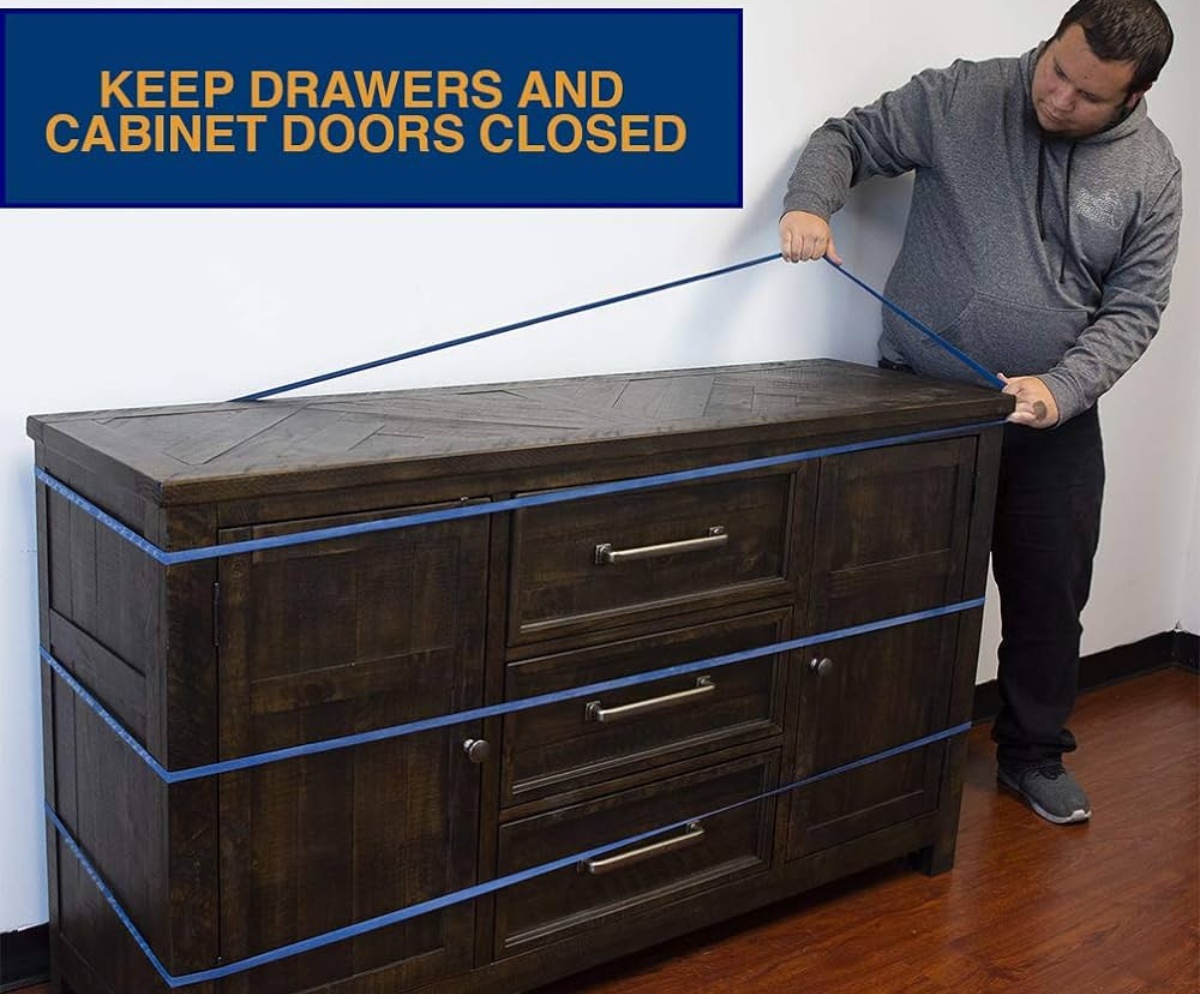
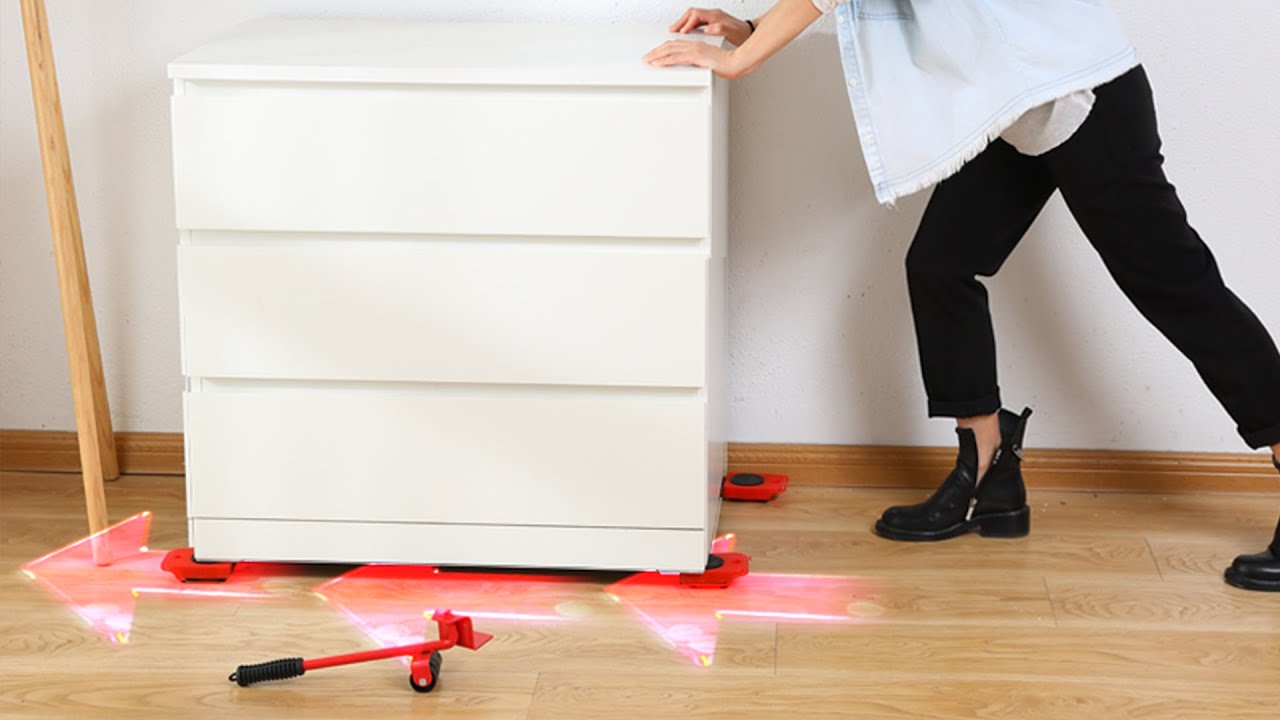
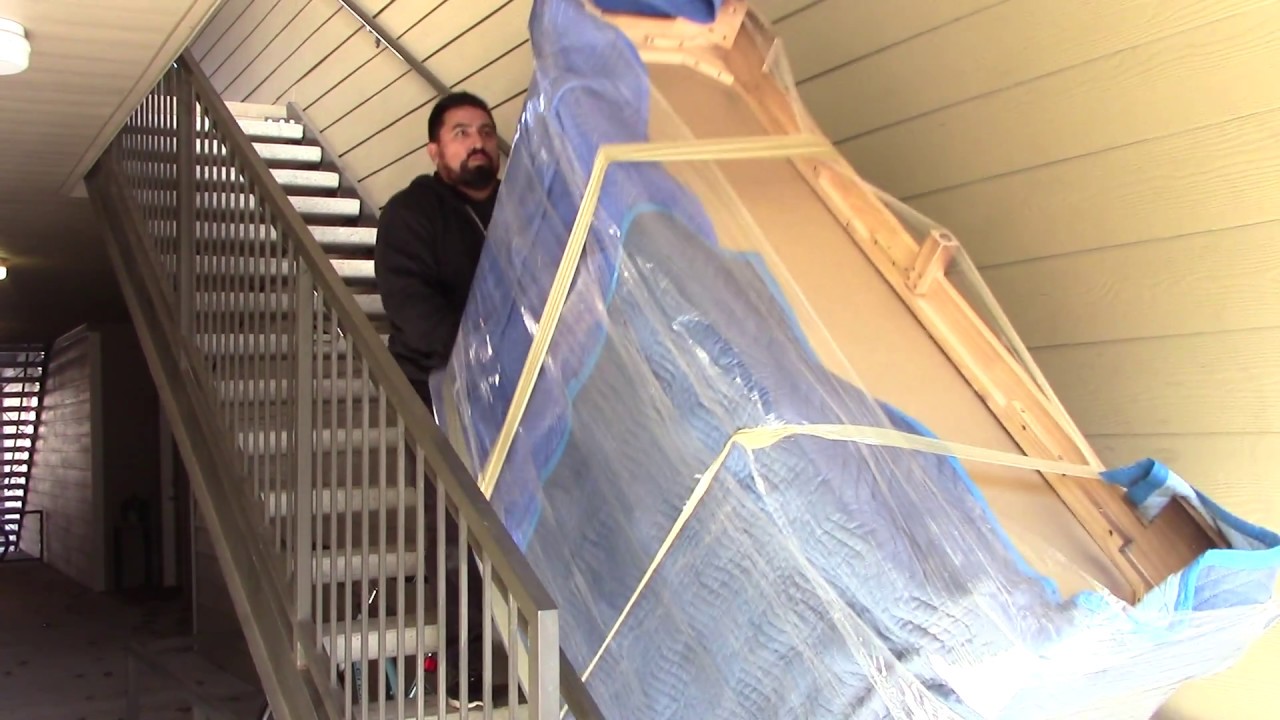
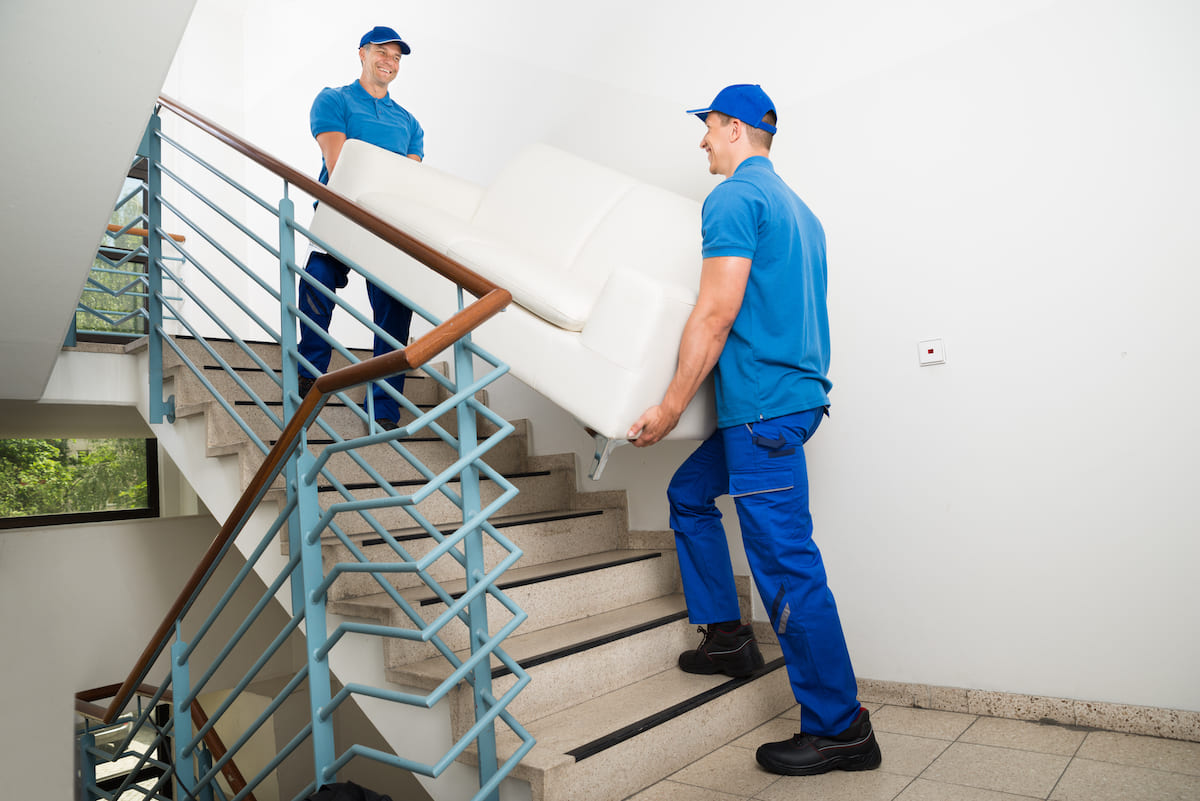
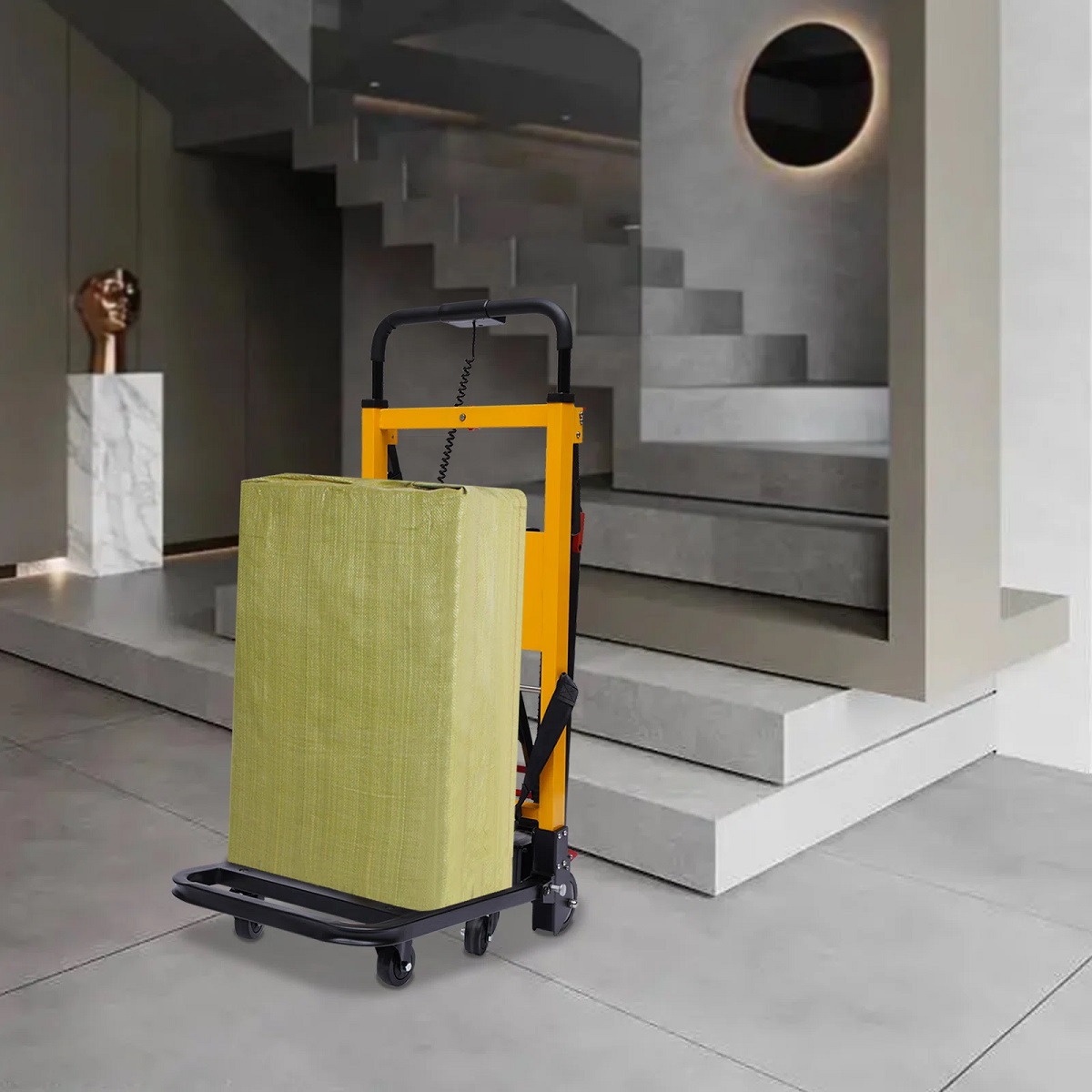
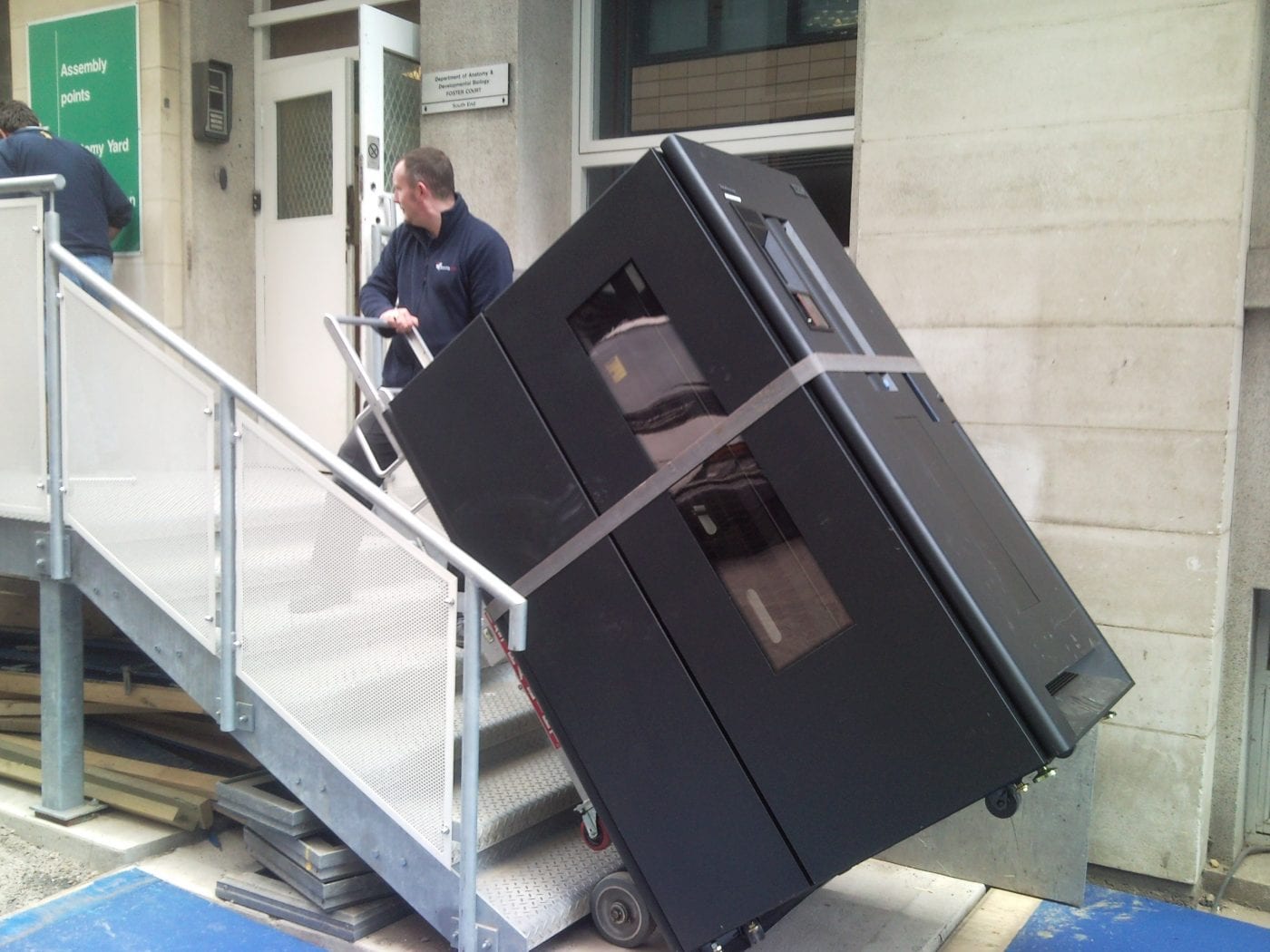





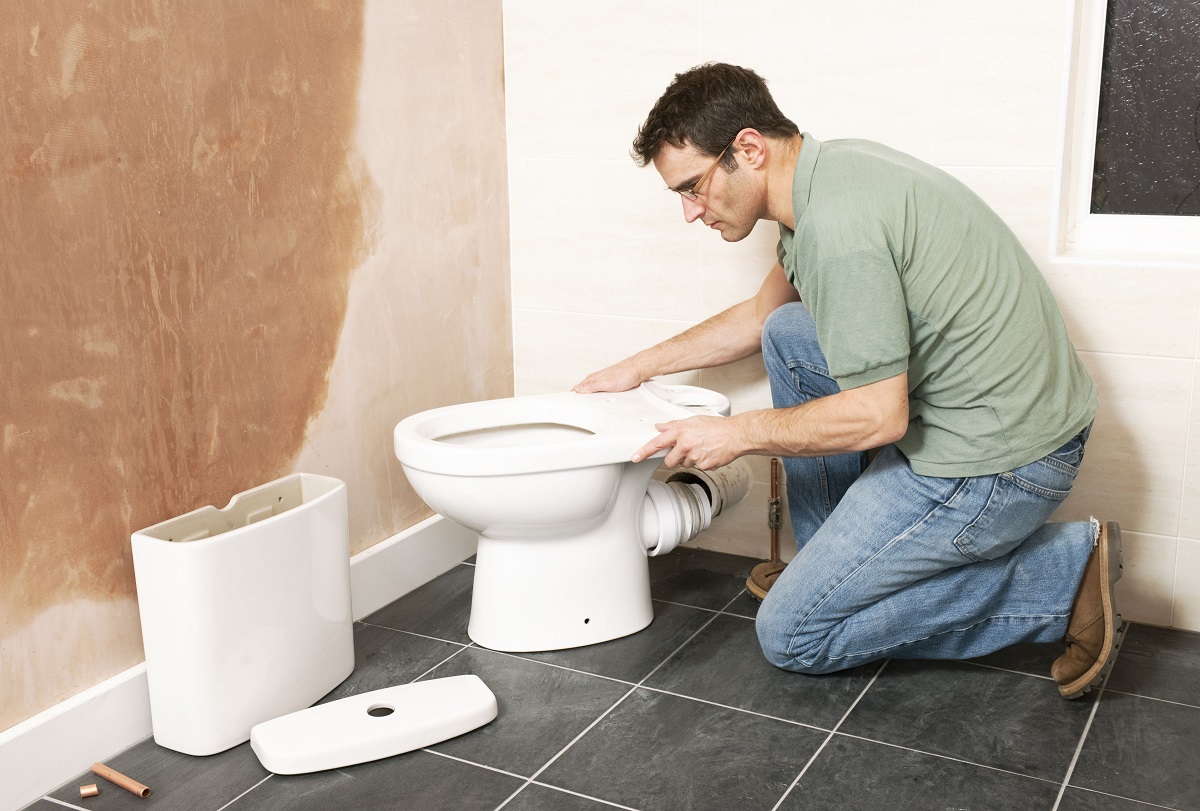
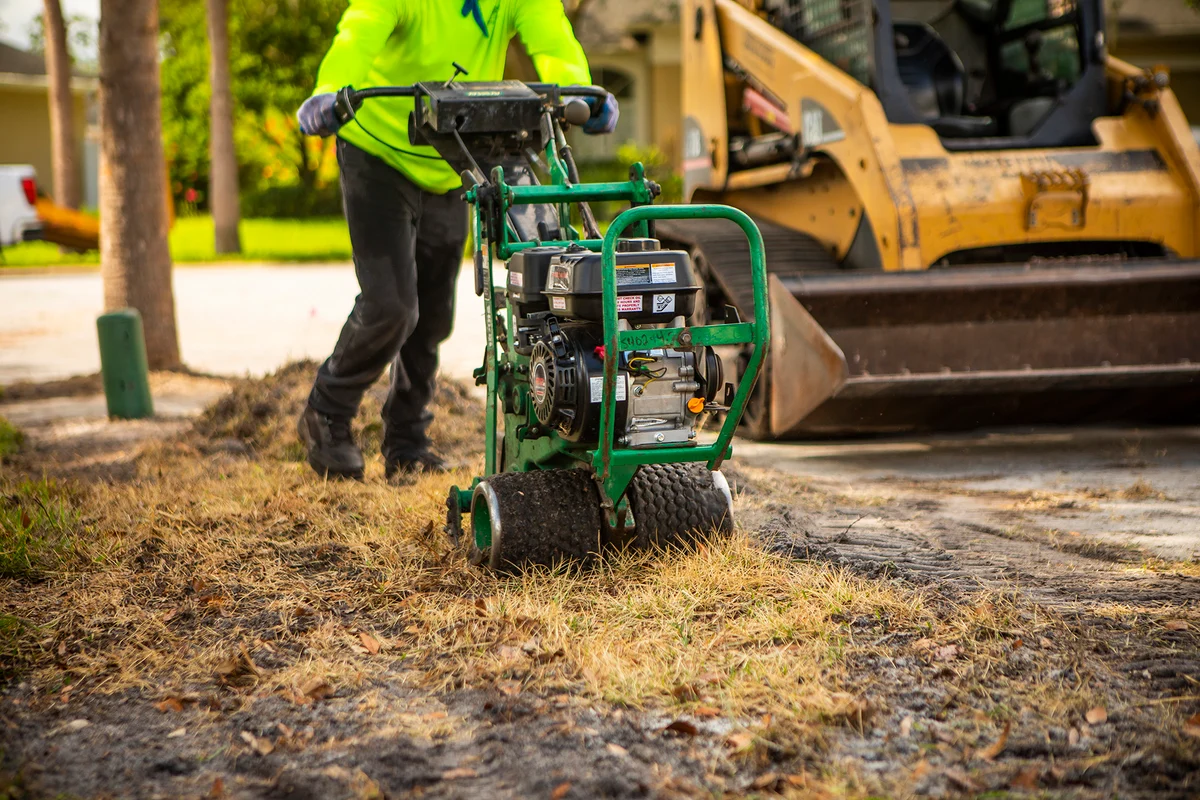

0 thoughts on “How To Move A Heavy Dresser Upstairs”